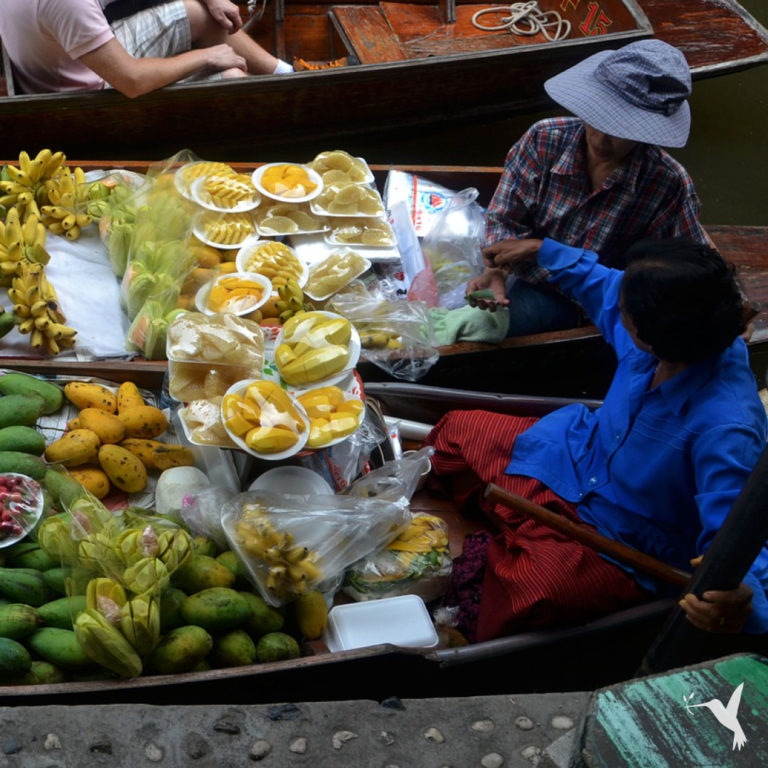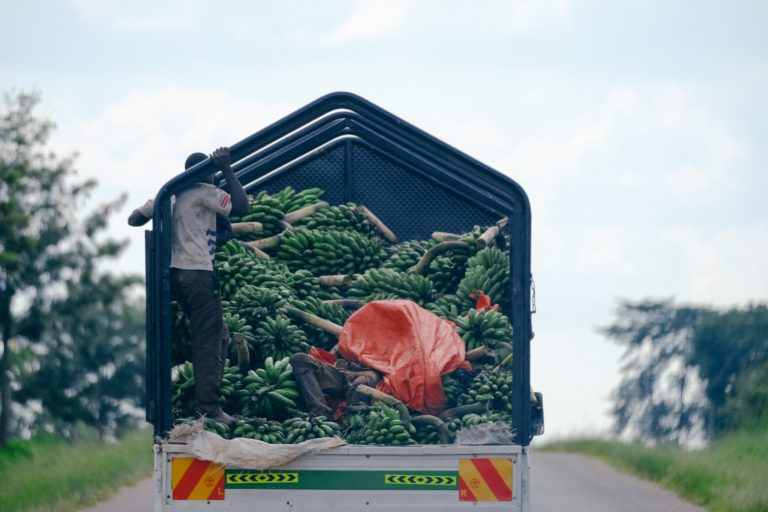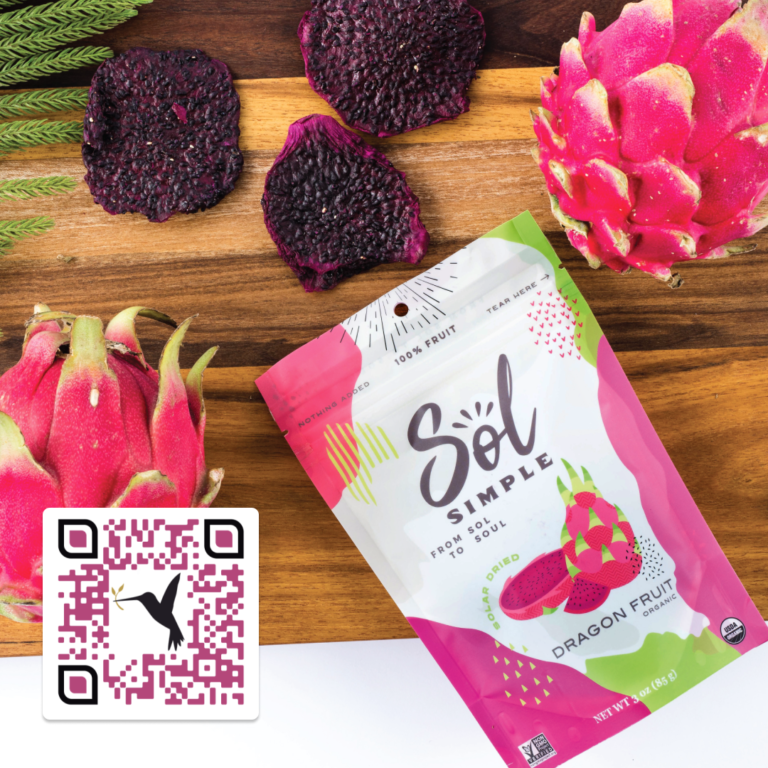What is the Difference Between Supply Chains & Value Chains?
Supply Chains & Value Chains: Behind the Scenes
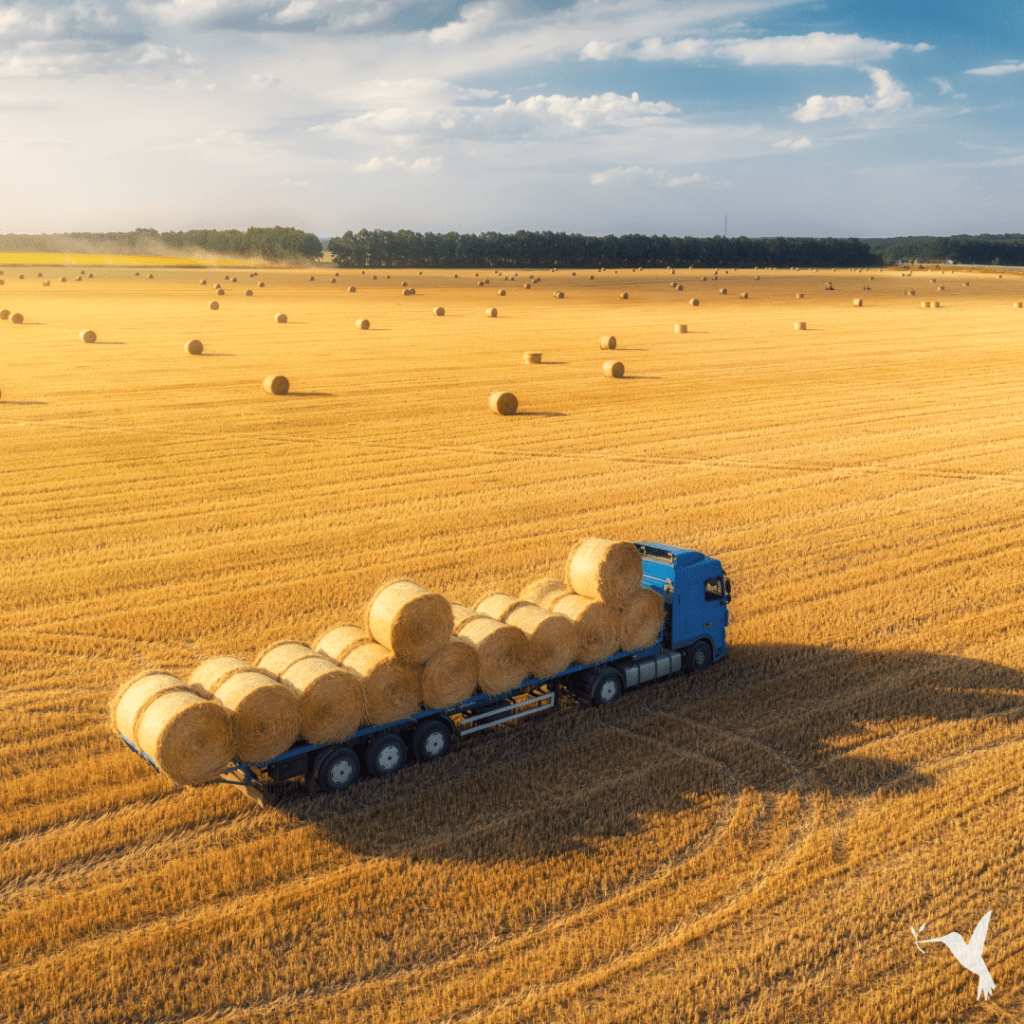
How many stops does a product make before it reaches you? Have you ever wondered this before? Perhaps, if anything, most of us merely notice the origin of a product.
Over the last year or so, the term “supply chain” has become a household utterance. We never spoke about supply chains before, rather we went to the supermarket, made our purchases, and reached for “organic” when the budget allowed. We also didn’t have a daily anxiety battle with our impending climate crisis. Things have changed.
As with many trending concepts and terms, here at Producers Trust, we like to break things down for our readers and followers. The better we all understand what is going on in the world, the better chance we have to create healthier systems and structures.
So here’s a quick look at the importance of supply chains, value chains, and how Producers Trust is making them better.
The Journey of a Product Follows its Supply Chain
A supply chain is the network of individuals and companies involved in the process of creating a product and delivering it to the consumer. The chain begins with the producers of the raw materials and ends when the end user receives the finished product.
If you stop at a local farm and buy a box of produce there isn’t a huge network involved. You bought a product or a raw material directly from the place on earth where it grew and from the humans who produced it– so the supply chain consists of you and the producer.
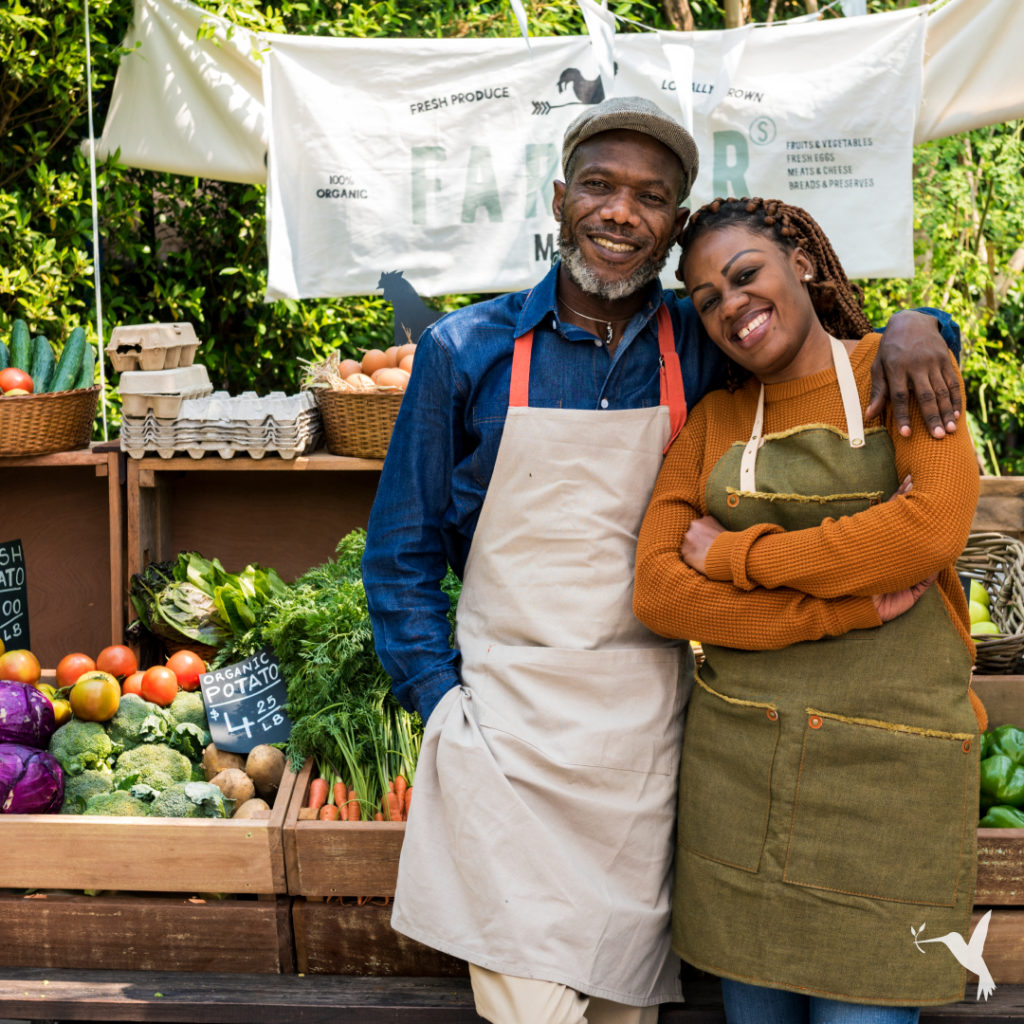
Today, many supply chains have evolved from the community level to the global scale. The components of a supply chain include producers, vendors, warehouses, transportation companies, distribution centers, and retailers. Supply chain functions include product development, marketing, operations, distribution, finance, and customer service. The chain is often long and interdependent with distant relationships between producers and others along the way, including consumers.
How is the Value Chain Different?
The value chain relates to the same set of steps and processes as the supply chain. However, it is more of a concept within the process rather than the actual physical journey that the product travels. A value chain takes a step-by-step approach in understanding how to transform a product or service from idea to reality. It is a series of activities involved in delivering value to customers. The value chain takes the supply chain and looks at the value added to the products within each of the supply chain steps.
Value chains help increase efficiency so a business can deliver the most value for the least possible cost. The end goal of a value chain is to create a competitive advantage for a company by increasing productivity while keeping costs reasonable
A question that we like to ask is what values drive the value chain? If the value is purely profit, then the company might use harmful environmental or social practices to achieve that end at any point along their supply chain. They might be willing to exploit workers and extract destructively from the earth. Or they may shirk accountability by working with intermediaries in their supply chain who hide these types of practices.
If a brand infuses their value chain with commitment to the environment, the climate, and the humans who work at all stages of production and delivery, then we want to know about it.
Transparency & The Value Chain
This is why transparency is important, and it is where Producers Trust comes in. We have revolutionary visions for the future of supply chains and we are working hard behind the scenes to make it happen. In addition to our marketplace and digitized storytelling and transparency applications, we are positioning ourselves as a leading carbon insetting platform, meaning we will be providing services like Scope 3 data reporting and validation.
The more validated data and transparent reporting there is along supply chains, the better chance consumers will have to purchase products from brands they share values with.
We intend to support this in as many ways as we can.
